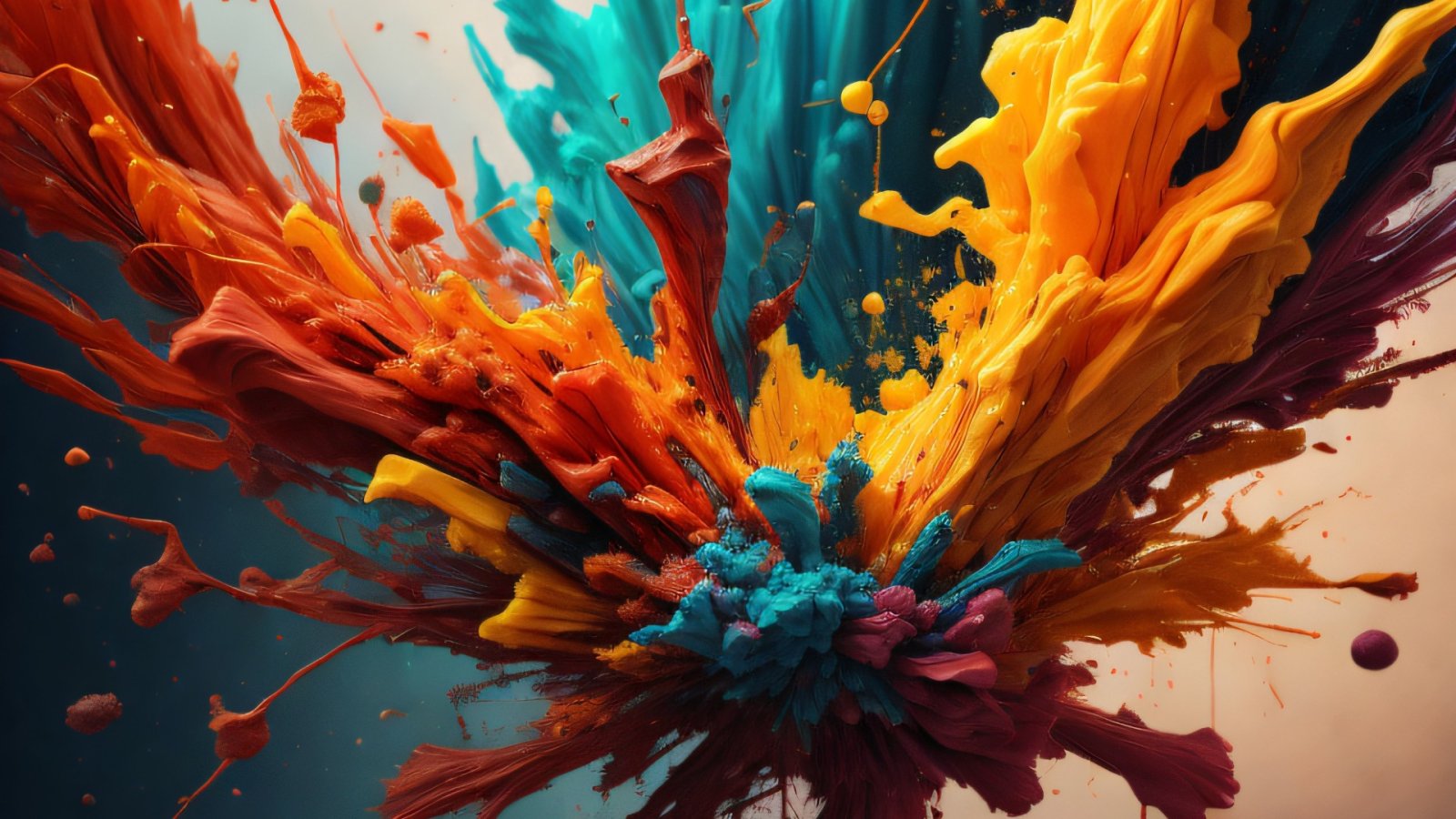Two artificial intelligence models developed differing views on whether a work known as the de Brécy Tondo was painted by Raphael, highlighting potential challenges around using such technology for art authentication purposes. The models, which were trained to assess artistic authorship, came to separate conclusions about the contested painting, underscoring limitations in the rise of AI for determining the provenance of artworks.
An AI model created by Hassan Ugail of the University of Bradford confidently concluded that a work known as the de Brécy Tondo was painted by Raphael. As a result of this determination by artificial intelligence, the painting is now on public display at the Cartwright Hall Art Gallery in the UK for the first time, allowing audiences to view what the AI has assessed to be an original work by Raphael.
An AI model developed by Art Recognition, a company that provides technology for art authentication, concluded with an 85% probability that the de Brécy Tondo was not painted by Raphael. Art Recognition has previously leveraged its technical expertise to both confirm the Flaget Madonna as a genuine work by Raphael, as well as assert with 92% confidence that Samson and Delilah, from 1609-1610, may not actually have been painted by Flemish artist Peter Paul Rubens after all. The Swiss company has hence used its authentication system both to verify and dispute attributions made to prominent historical figures like Raphael and Rubens based on its analysis.
Carina Popovici, the CEO of Art Recognition, expressed her surprise in an email to Artnet News, stating that her study's findings were in direct contradiction to those of Ugail's team.
Art experts informed Artnet News that they hold the view that AI will never completely supplant traditional authentication methods. This belief stems from the technology's limitations becoming increasingly evident, particularly when applied to artworks beyond those of the Old Masters. Larry Silver, an art historian from the University of Pennsylvania involved in the authentication process of the Flaget Madonna, expressed his belief that the dataset utilized by Art Recognition for authentication performed more effectively than human authentication ever could.
Art Recognition was founded with the goal of minimizing conflicts arising from human interpretations and egos, according to Popovici, while also introducing transparency into the authentication process. She asserted that her initial model, trained on online-discovered images of confirmed forgeries by Wolfgang Beltracchi, achieved a 100 percent success rate in detecting forgeries that were not part of the model's training data. Nonetheless, artificial intelligence has the capability to indicate the likelihood that a painting has been stolen. Experts anticipate that as the technology gains more popularity, the potential for assisting law enforcement will become increasingly significant. Popovici stated that Art Recognition has not yet established any formal partnerships with law enforcement agencies, but they did collaborate with the Zurich Police Department in Switzerland on a specific case.






